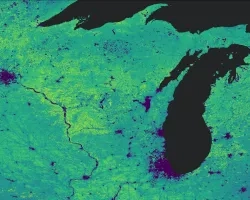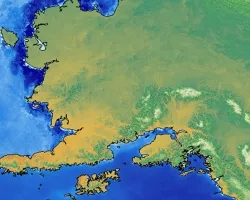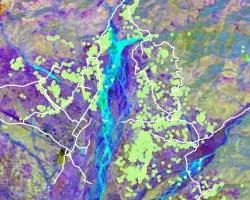Narragansett Bay Water Resources (2024 Summer)
Team: Mahnoor Naeem (Project Lead), Isabella Giordano, Samuel Millay, Chloe Rowen
Summary: Narragansett Bay in Rhode Island is known for its quahog, or hard-shell clam, shellfisheries. However, increased levels in harmful algal blooms (HABs) and high phytoplankton biomass events pose threats to quahog populations, creating conditions that limit quahog growth and reproduction. Quahog shortages, along with public health concerns associated with contamination of shellfish from HAB-produced neurotoxins, have contributed to shellfishery closures. NASA DEVELOP partnered with the Environmental Protection Agency’s National Health and Environmental Effects Research Laboratory and Rhode Island’s Department of Environmental Management to use Earth observations and the partners’ in-situ data to visualize phytoplankton bloom events within the bay. We used Sentinel-3 Ocean and Land Color Instrument (OLCI), Landsat 8 and 9 Operational Land Imager (OLI) data to track several proxies of phytoplankton biomass from June 2016 to October 2023. Multiple sensors and in situ datasets were used to assess the feasibility of monitoring phytoplankton biomass accurately in the relatively small sized Narragansett Bay. We determined that Phytoplankton fluorescence line height was the best parameter to monitor phytoplankton biomass in the bay. Although the relatively small size of the bay and the optical complexity of these nearshore waters can pose a challenge, this assessment showed that Earth observations can be a useful complement to the in-situ monitoring of phytoplankton biomass in Narragansett Bay.



